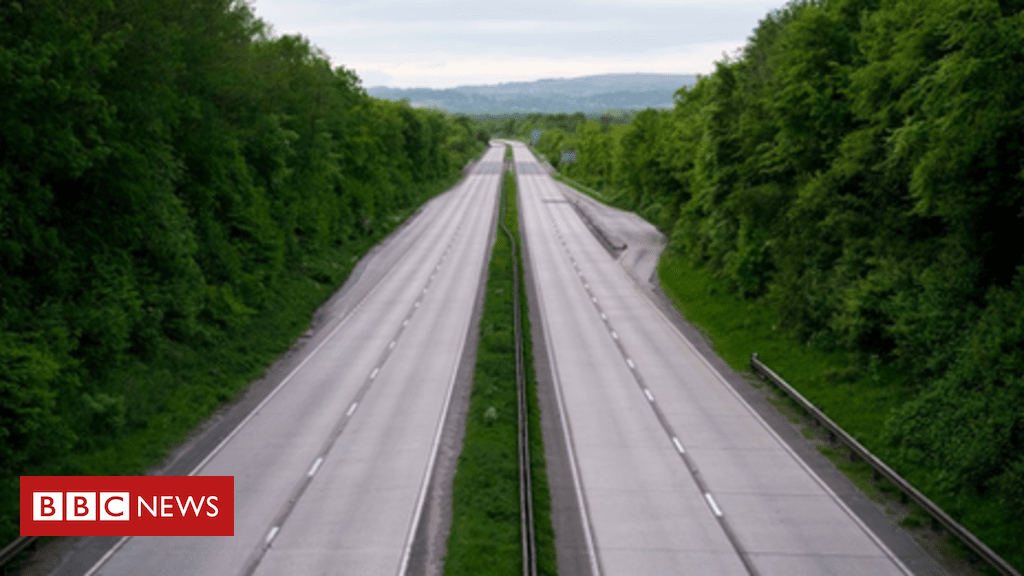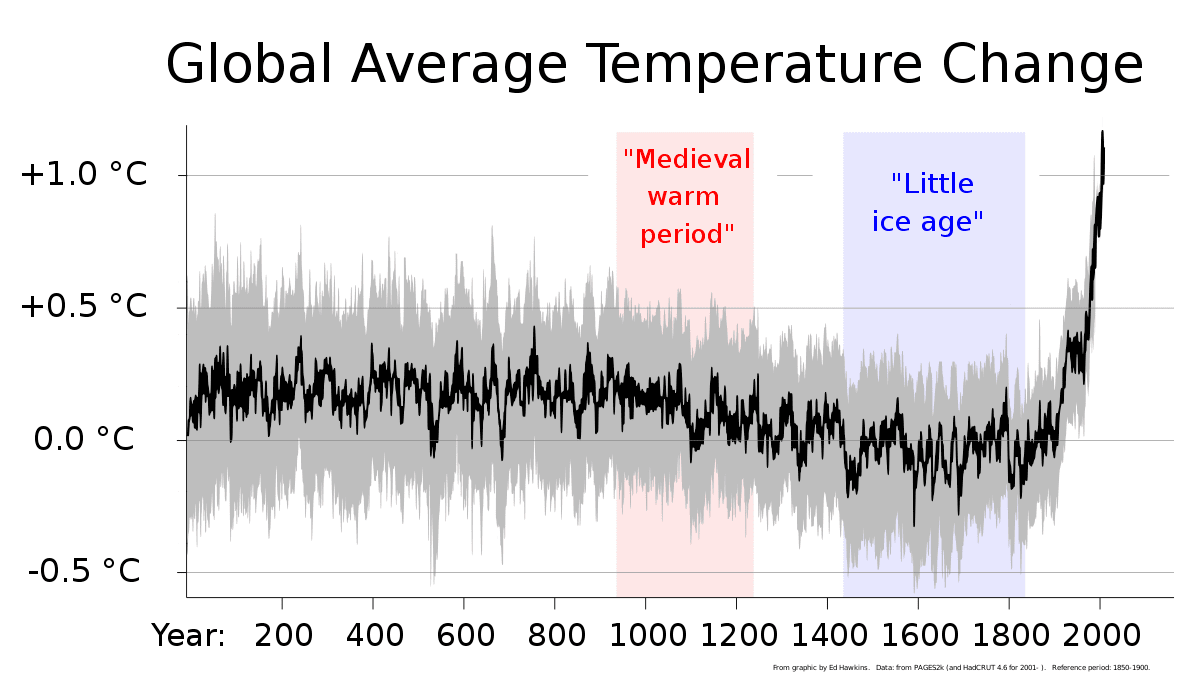Well yeah, you could say I disagree. Two posts suggesting Mauna Loa is measuring the effect of local emissions which weren't worth responding to. Manua Loa was chosen (by Keeling) as a site where the atmosphere is representative of the entire northern hemisphere.
There's been no lagging effect, there's been no effect at all despite CO2 emissions being down about 7% across the globe. If climate is as fragile as some suggest, I would expect it to register. We're talking about rate of increase of CO2 concentration here, not total CO2.
But scientists have said 3 months is not enough to have such an effect.
If emissions reductions of 20% to 30% were sustained for six to 12 months, then the rate of increase of CO2 measured at Mauna Loa would slow, according to the Scripps scientists.
Carbon dioxide can stay in the air for centuries, so the short-term reductions of new carbon pollution for a few months didn't have much of a big picture effect, said NOAA senior scientist Pieter Tans.

Atmospheric CO2 levels rise sharply despite Covid-19 lockdowns
Scientists find coronavirus crisis has had little impact on overall concentration trend






 , This should be fun.
, This should be fun. 



